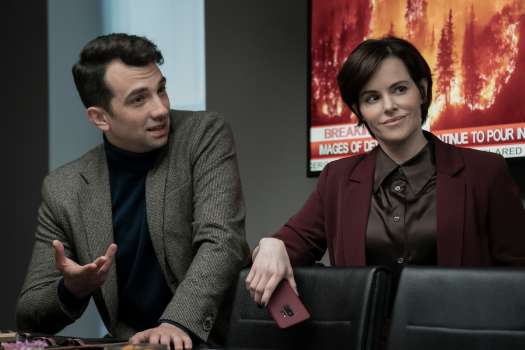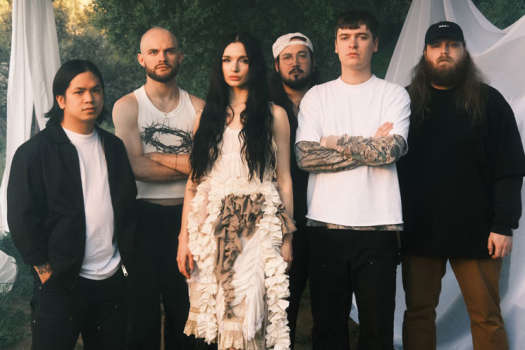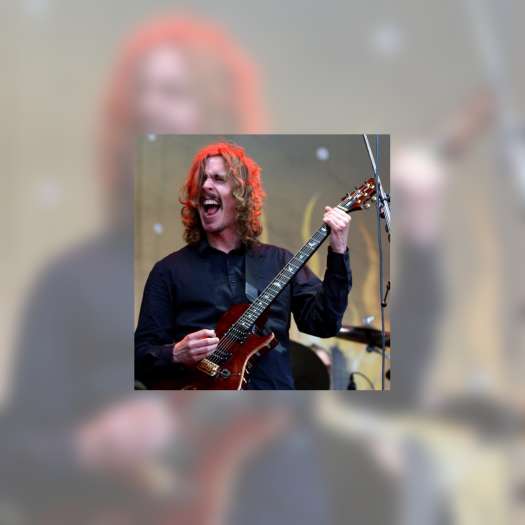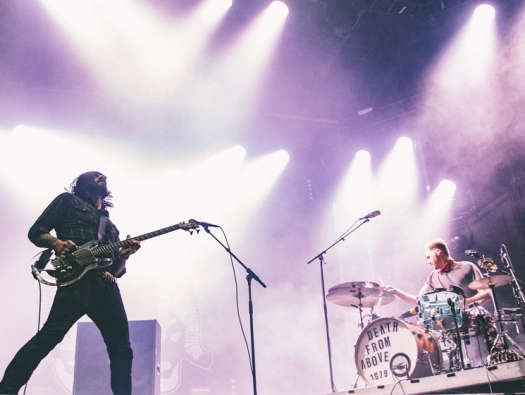Hyperreality seems like a totally natural state, as expounded by the methods of electro-acoustician Noah Creshevsky. With a recorded history stretching back nearly 35 years, Creshevsky has always sought to explode the sonic possibilities of instruments and sound beyond the scope of human performance. His method is to combine familiar bits of words, songs and instruments into a new vocabulary that suggests many genres of music and ethnicity from Euro-classical to Indo-pop. The songwriting technique is amazingly linear, with coherent harmonies and melodic progressions teased out of the myriad samples so linear that one can almost count a consistent beat within each song. This method contrasts with John Oswald's plunderphonia, which is more collage-like and textural, and with Akufen, whose beat-oriented microsamples mostly serve to augment and diversify the rhythmic content. Creshevsky's intent remains hyperreal, to sound as if the compositions are unified ideas whose linearity and consistent tempos seem to make them less abstract than they actually are. "Canta di Malavita" is a showy way to kick off the disc, sounding like Bollywood samples and ascending and descending piano sequences in a blender. "Hoodlum Priest" utilises funky guitar samples in a melodic rather than rhythmic way. Most of the other compositions seem at first glance like modern opera with their emphasis on "classical" instrumental and choral voices, but these descriptions are too simplistic to describe everything that's going on. Hyperrealism is a disc that invites and demands repeated listening to unveil new sources.
(Mutablemusic)Noah Creshevsky
Hyperrealism

BY David DacksPublished May 1, 2004



